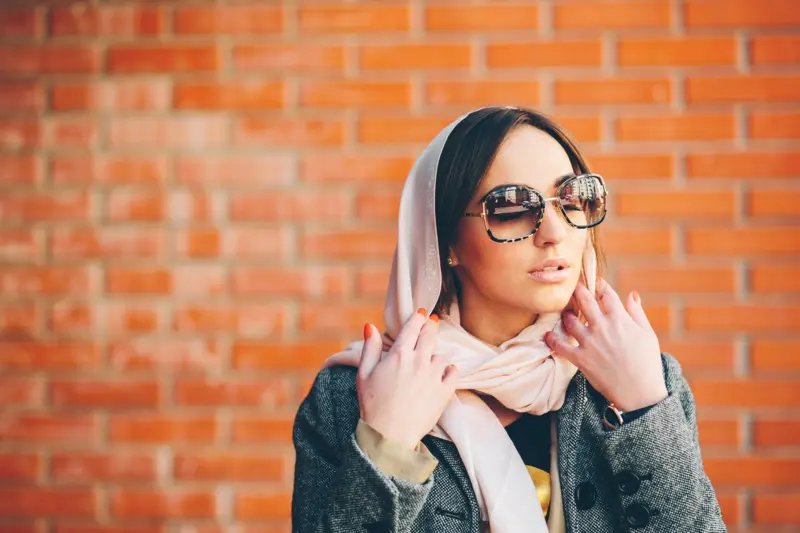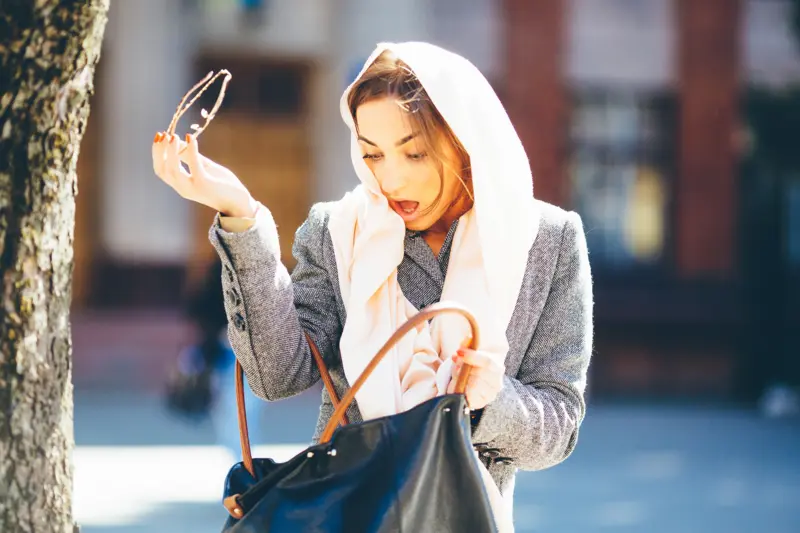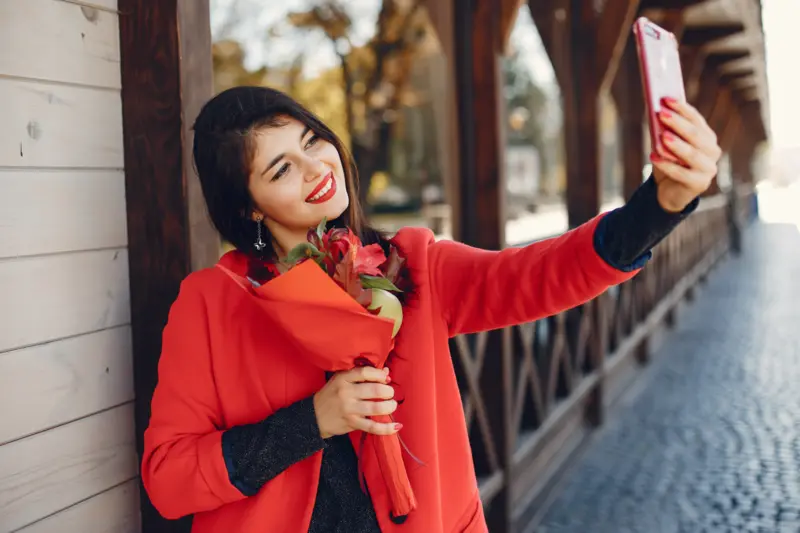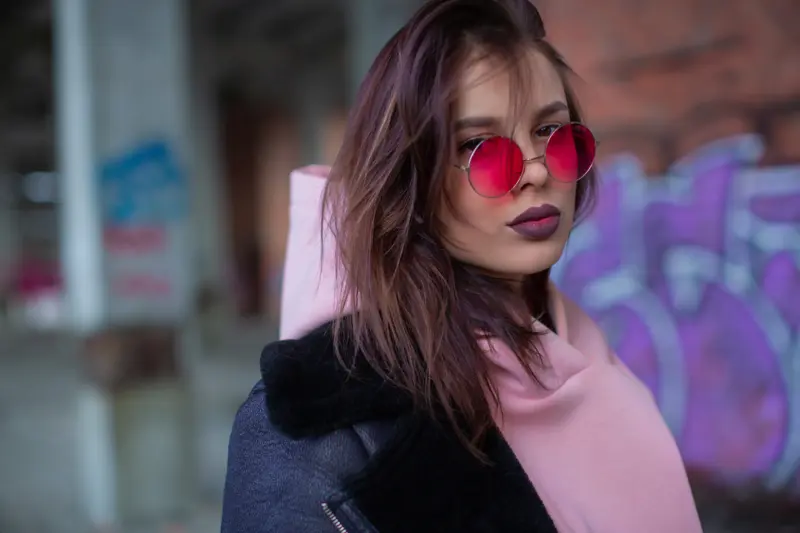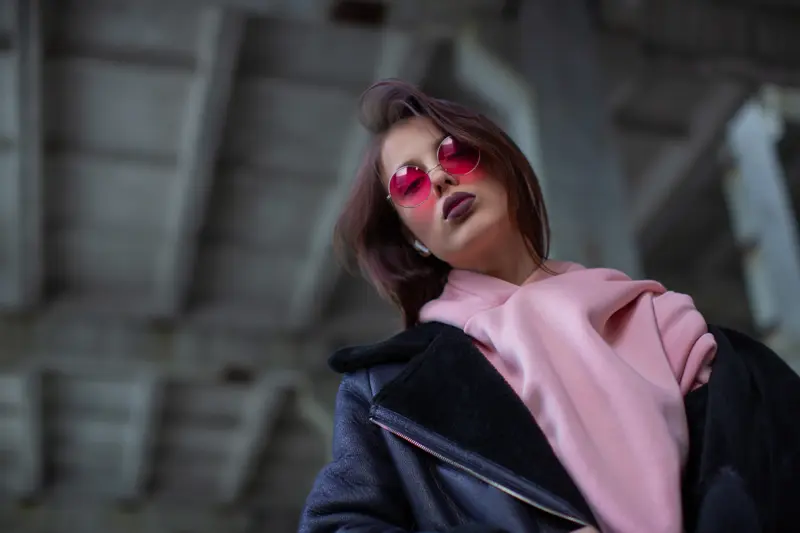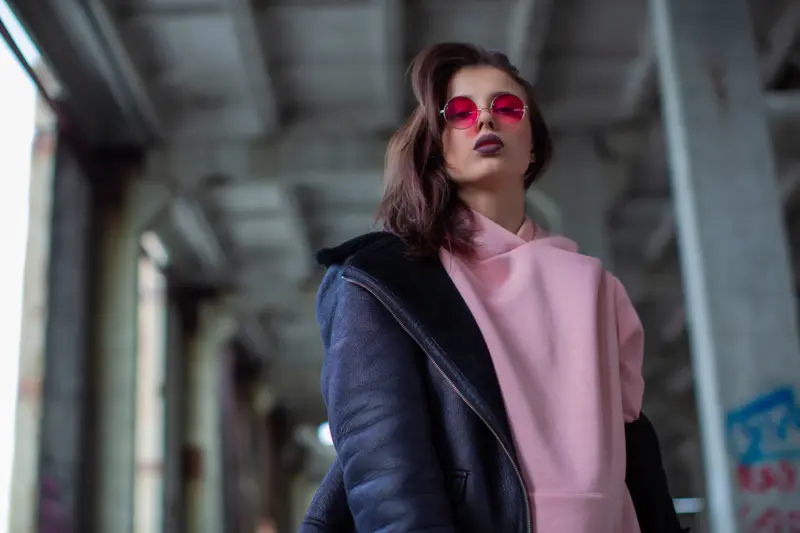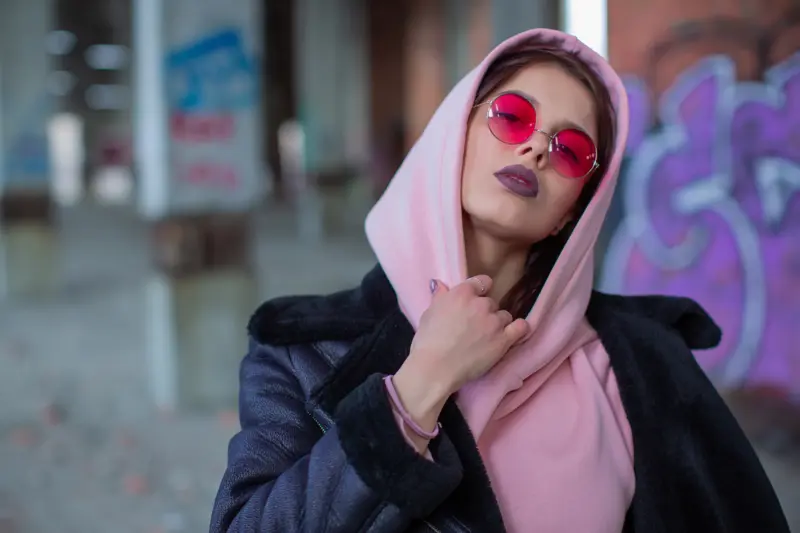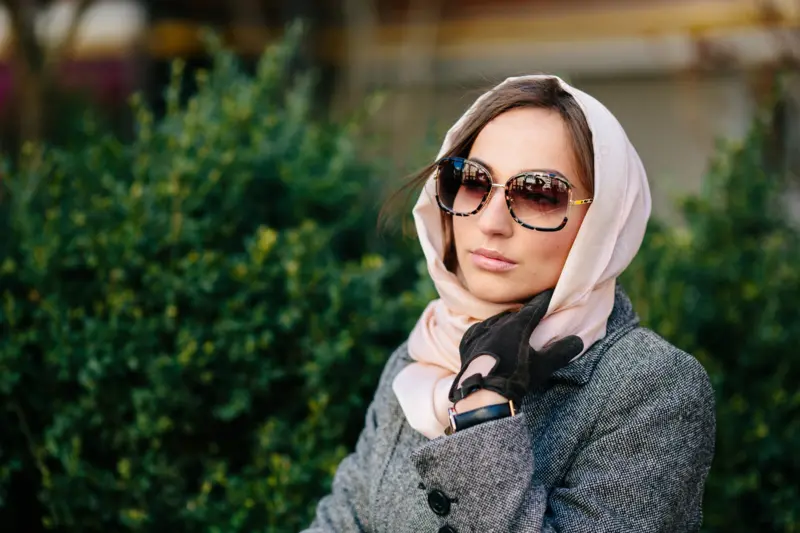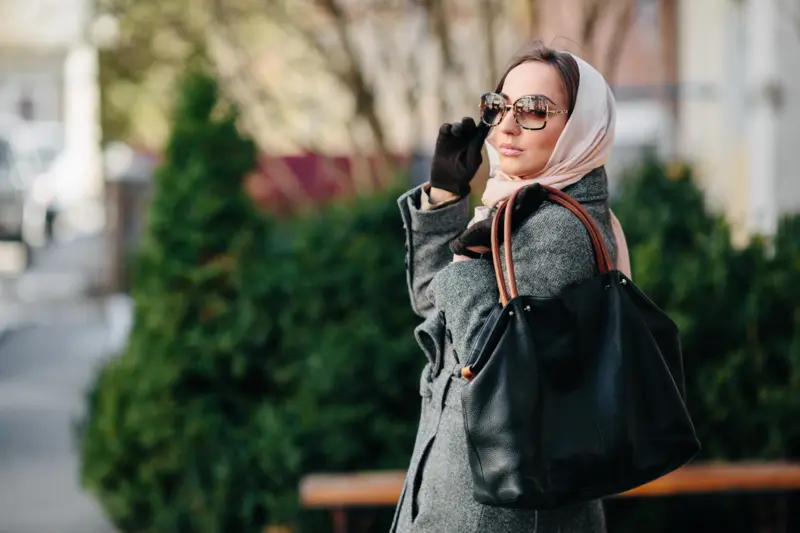Fashion Photography:
The Art of Style and Expression
Fashion photography is a captivating and dynamic genre that focuses on showcasing clothing, accessories, and beauty in an artistic and visually appealing manner. It combines elements of portraiture, art, and commercial photography to create images that not only highlight fashion but also evoke emotions and tell stories. This essay explores the history, techniques, and impact of fashion photography, highlighting its significance in both the fashion industry and the broader world of art.
Historical Background: The origins of fashion photography can be traced back to the early 20th century when fashion magazines began to emerge as influential platforms. Photographers like Edward Steichen and Cecil Beaton played pivotal roles in defining the genre, using their creative vision to elevate fashion images into works of art. The advent of color photography and advancements in lighting and camera technology further propelled the evolution of fashion photography. Iconic photographers such as Richard Avedon, Helmut Newton, and Annie Leibovitz have since pushed the boundaries, blending fashion with storytelling and cultural commentary.
Techniques and Approaches: Fashion photography involves a combination of technical skills and creative vision. Photographers must master lighting, composition, and camera settings to capture the intricate details of garments and accessories. Studio lighting allows for precise control over shadows and highlights, while natural light can add a softer, more organic feel to images. Posing and direction are crucial, as they help convey the desired mood and highlight the clothing’s best features. Post-processing techniques, including retouching and color grading, are also essential for achieving the polished, high-quality results expected in the industry.
Impact on the Fashion Industry: Fashion photography plays a vital role in the fashion industry, serving as a primary medium for designers to showcase their collections. It influences trends, shapes public perceptions of style, and drives consumer behavior. Editorial spreads in magazines, lookbooks, and advertising campaigns rely heavily on compelling fashion photography to capture attention and generate interest. The genre has also embraced digital platforms, with social media and online publications providing new opportunities for fashion photographers to reach broader audiences and create interactive content.
Cultural and Artistic Significance: Beyond its commercial purposes, fashion photography holds significant cultural and artistic value. It reflects and often challenges societal norms, exploring themes such as identity, beauty, and empowerment. Fashion photographers have the power to create iconic images that resonate with audiences and become part of the cultural zeitgeist. The genre’s ability to blend art and commerce makes it a unique and influential form of visual expression, contributing to the ongoing dialogue about fashion, art, and society.
Fashion photography is a multifaceted and influential genre that continues to evolve and inspire. From its historical roots to its modern-day impact, it combines technical expertise with creative storytelling to produce images that are both beautiful and thought-provoking. As an essential component of the fashion industry and a significant cultural force, fashion photography remains a powerful medium for expressing style, identity, and artistic vision.
